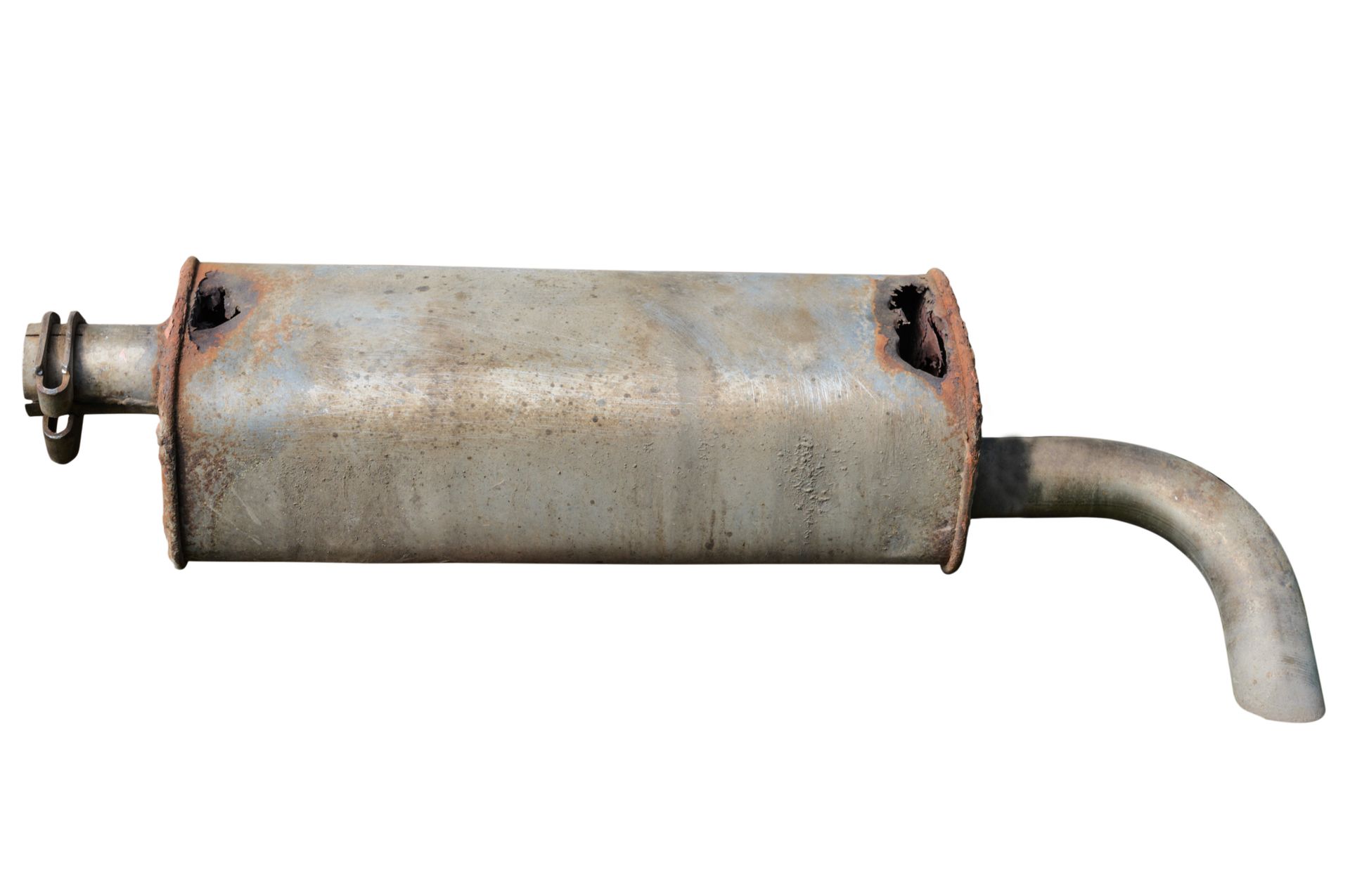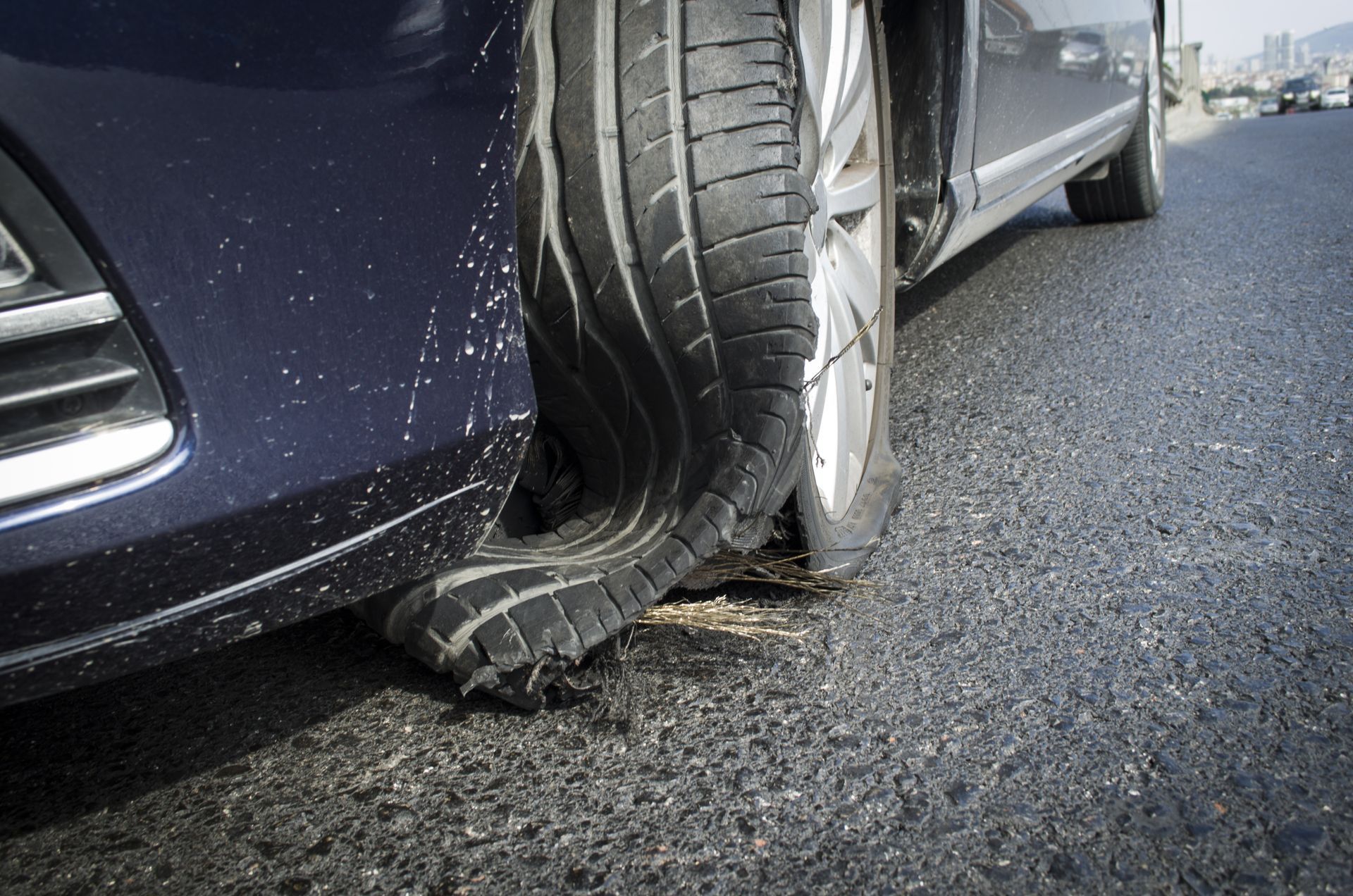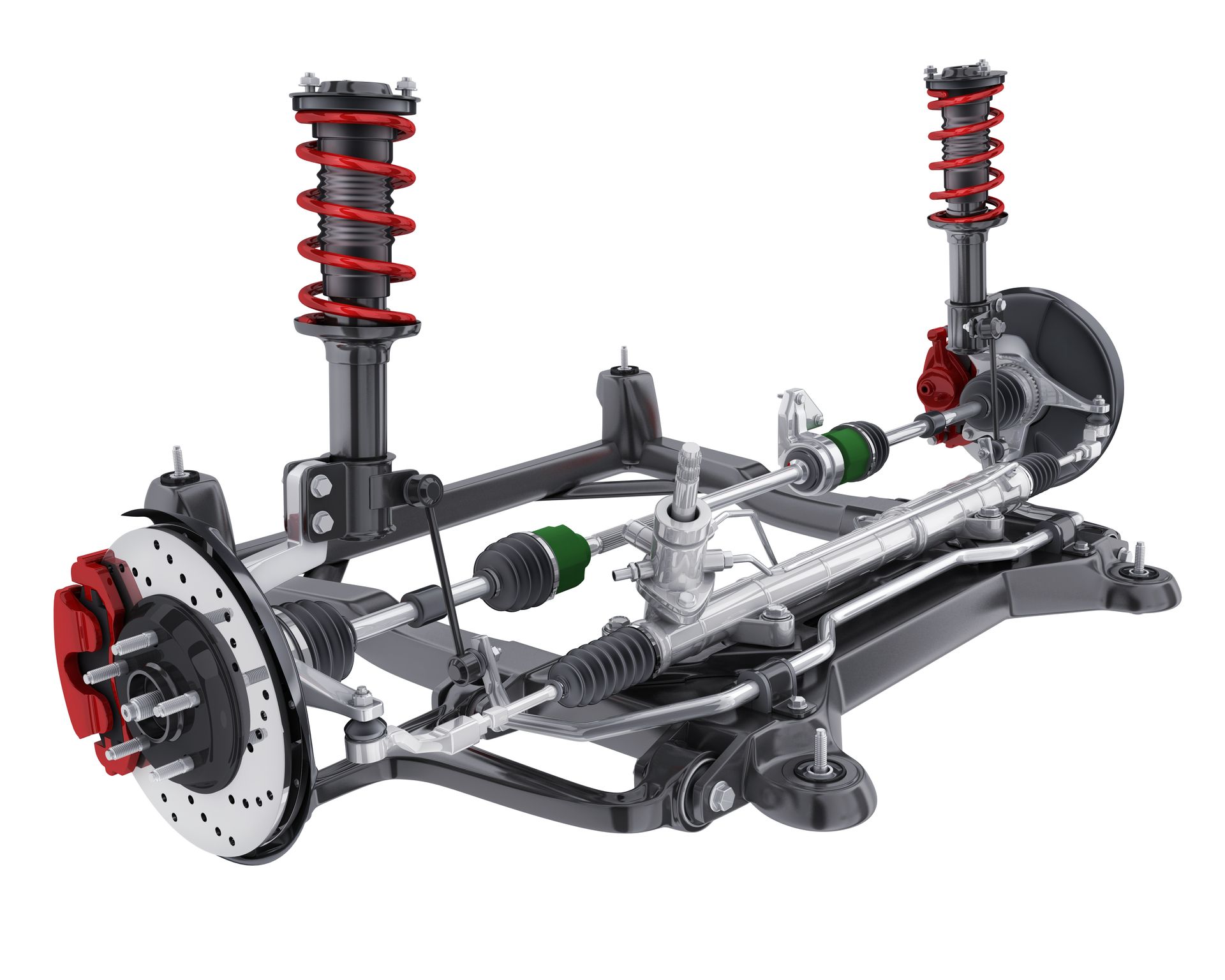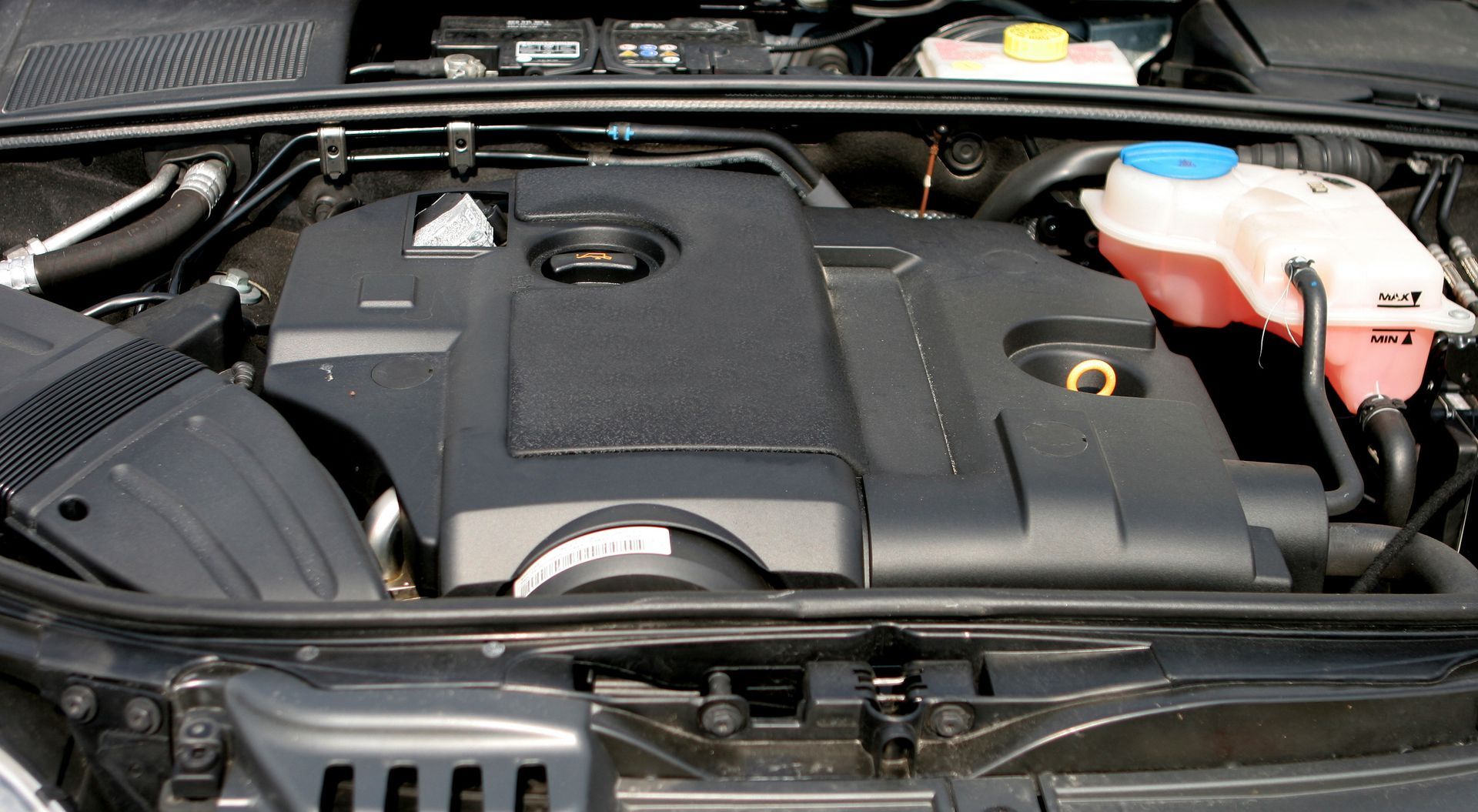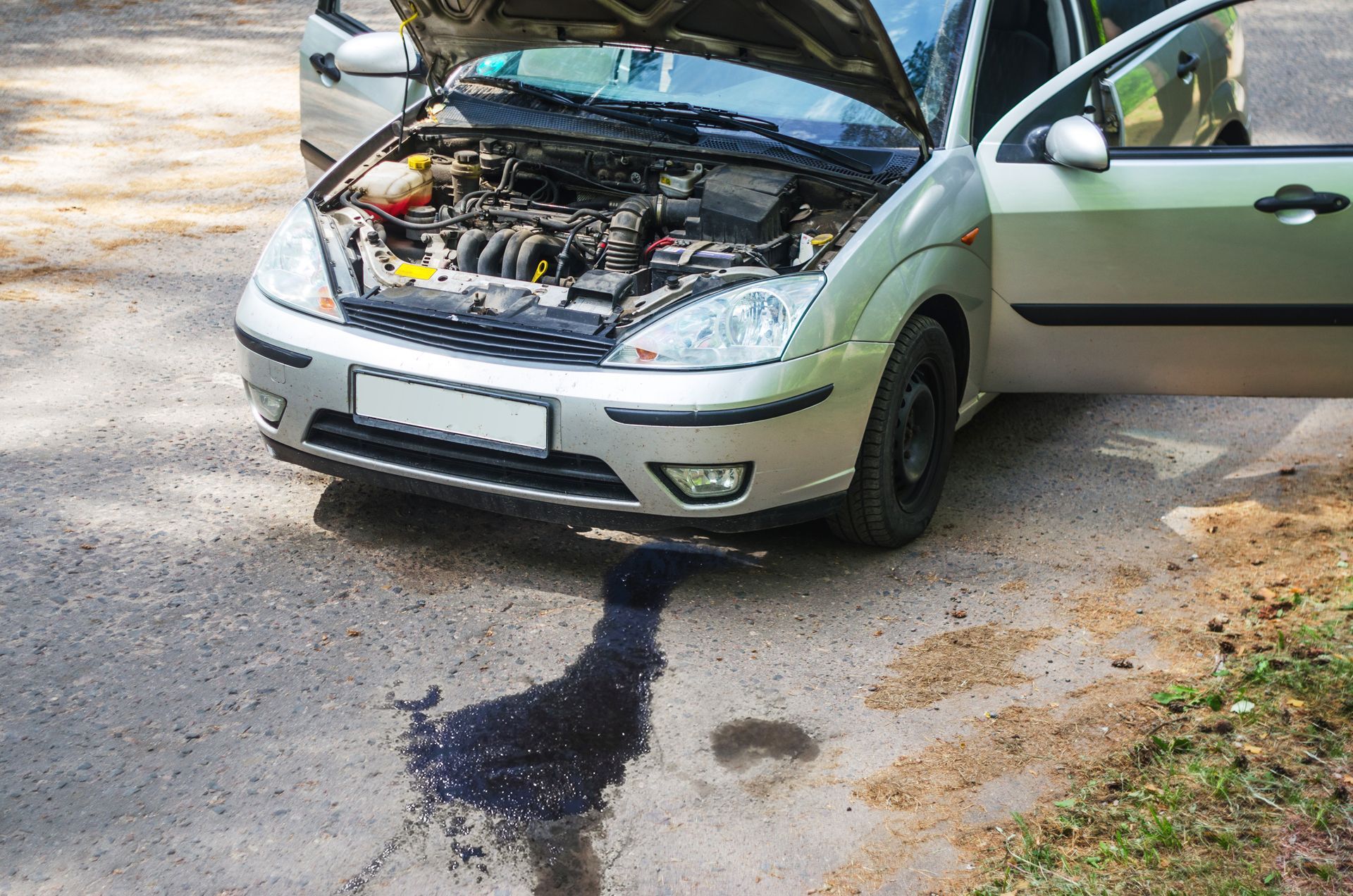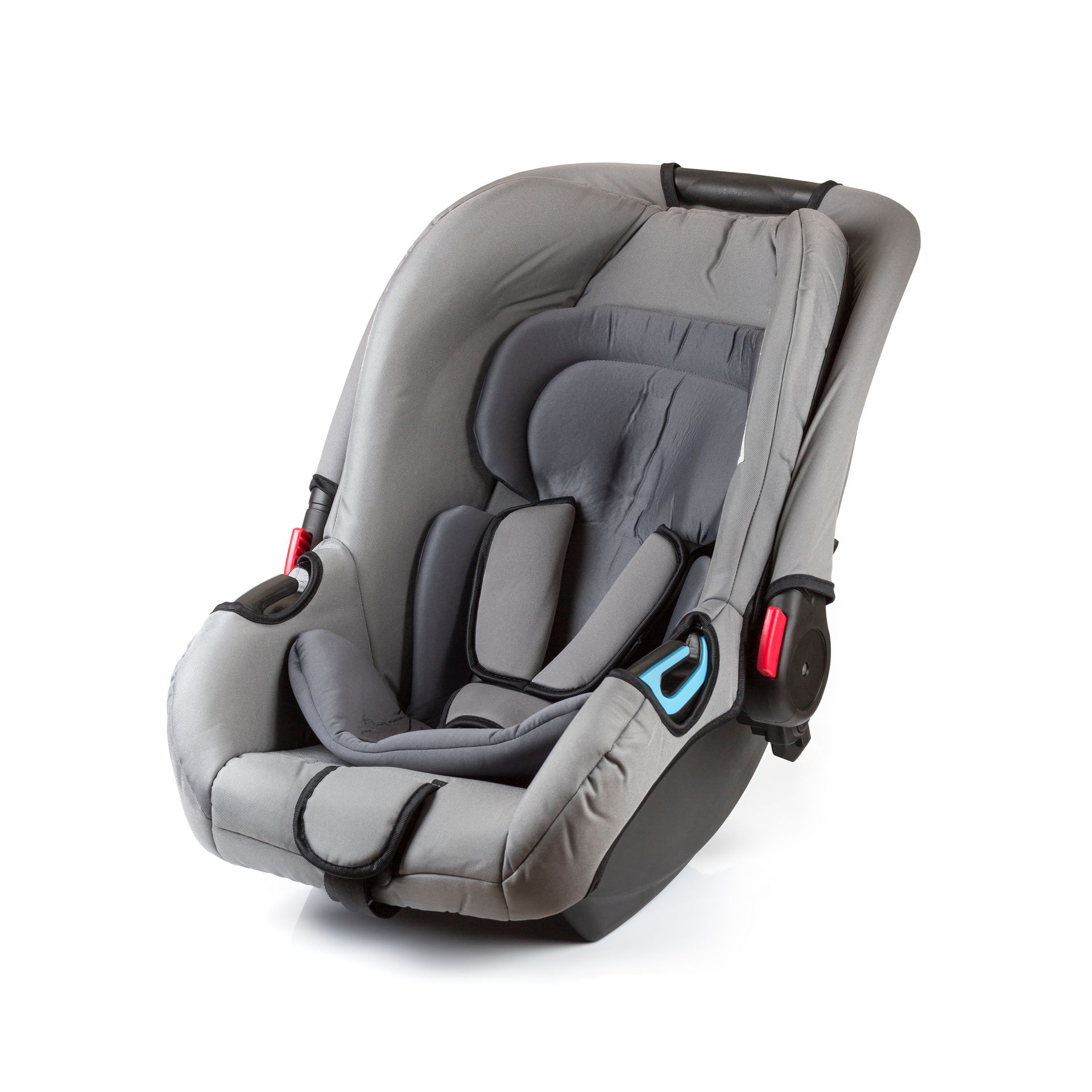Cold weather does more than just make your morning commute uncomfortable. It has a direct impact on how your tires grip the road and how your vehicle handles in general. Whether you're navigating city streets, wet roads, or a mountain pass, cold temperatures can influence tire performance in ways many drivers don’t realize.
Here’s what every driver should know about how colder conditions affect tires and why seasonal tire care is essential for safety and performance.
Why Cold Temperatures Reduce Tire Grip
Tire rubber isn’t one-size-fits-all. Different rubber compounds react differently to temperature. Summer tires, for example, are designed to perform well in warmer weather. But as temperatures drop, the rubber becomes less flexible and begins to harden.
Even all-season tires, while more versatile, can stiffen in freezing conditions. When rubber loses flexibility, the tread can’t conform to the road as easily. That means less traction, longer stopping distances, and a higher risk of sliding during braking or cornering.
How Tire Pressure Drops in Winter
As temperatures go down, so does tire pressure. For every 10 degrees Fahrenheit the temperature drops, your tires can lose about 1 PSI (pound per square inch) of air pressure. Underinflated tires affect everything from grip to fuel economy and even cause uneven tread wear.
Low tire pressure also reduces the size of the contact patch (the part of the tire that actually touches the road). Less contact means less grip, especially in icy or wet conditions.
Tread Depth and Cold Weather Safety
Tread depth is important year-round, but it becomes even more critical in winter. Tread helps evacuate water, slush, and snow from beneath the tire. If your tires are worn down, they’ll have a harder time maintaining traction.
You don’t necessarily need snow tires to stay safe in winter, but you do need tires with plenty of tread. A technician can quickly measure tread depth and let you know whether your tires are still roadworthy.
Should You Consider Winter Tires
If you regularly drive in freezing conditions or where snow and ice are common, switching to winter tires can make a big difference. Winter tires are made from rubber compounds that stay softer and more flexible in low temperatures. They also have deeper treads and biting edges designed to grip snow and ice more effectively.
Even in areas where snow isn’t frequent, temperatures below 45°F can still justify winter tires. They help maintain traction, steering control, and shorter stopping distances.
Handling Changes You Might Notice
Cold weather can cause your vehicle to feel different, even on dry roads. You might notice:
- Slightly slower steering response
- Increased vibration or road noise
- Longer stopping distances
- A “floaty” or unstable feel in curves
These symptoms could be related to hardened tire rubber, low tire pressure, or uneven wear, all of which are more likely to appear during colder months.
Check Your Tires Regularly During Winter
To stay safe and extend the life of your tires, make it a habit to:
- Check tire pressure at least once a month
- Inspect tread depth and look for uneven wear
- Rotate tires according to manufacturer recommendations
- Keep an eye out for bulges, cracks, or embedded debris
If you’re unsure whether your tires are ready for cold-weather driving, it’s worth having a technician take a look. A quick inspection can identify issues before they lead to poor handling or a breakdown.
Winter Tire Care and Safety Starts at JC Motors in Tualatin, OR
At JC Motors, we help drivers in Tualatin, OR, stay safe on the road all year long. If your car feels different in the cold or you're concerned about your tire condition, we’re here to help. Stop by for a pressure check, tread inspection, or a recommendation on seasonal tires.
Let our technicians make sure your vehicle is prepared for whatever winter brings.



